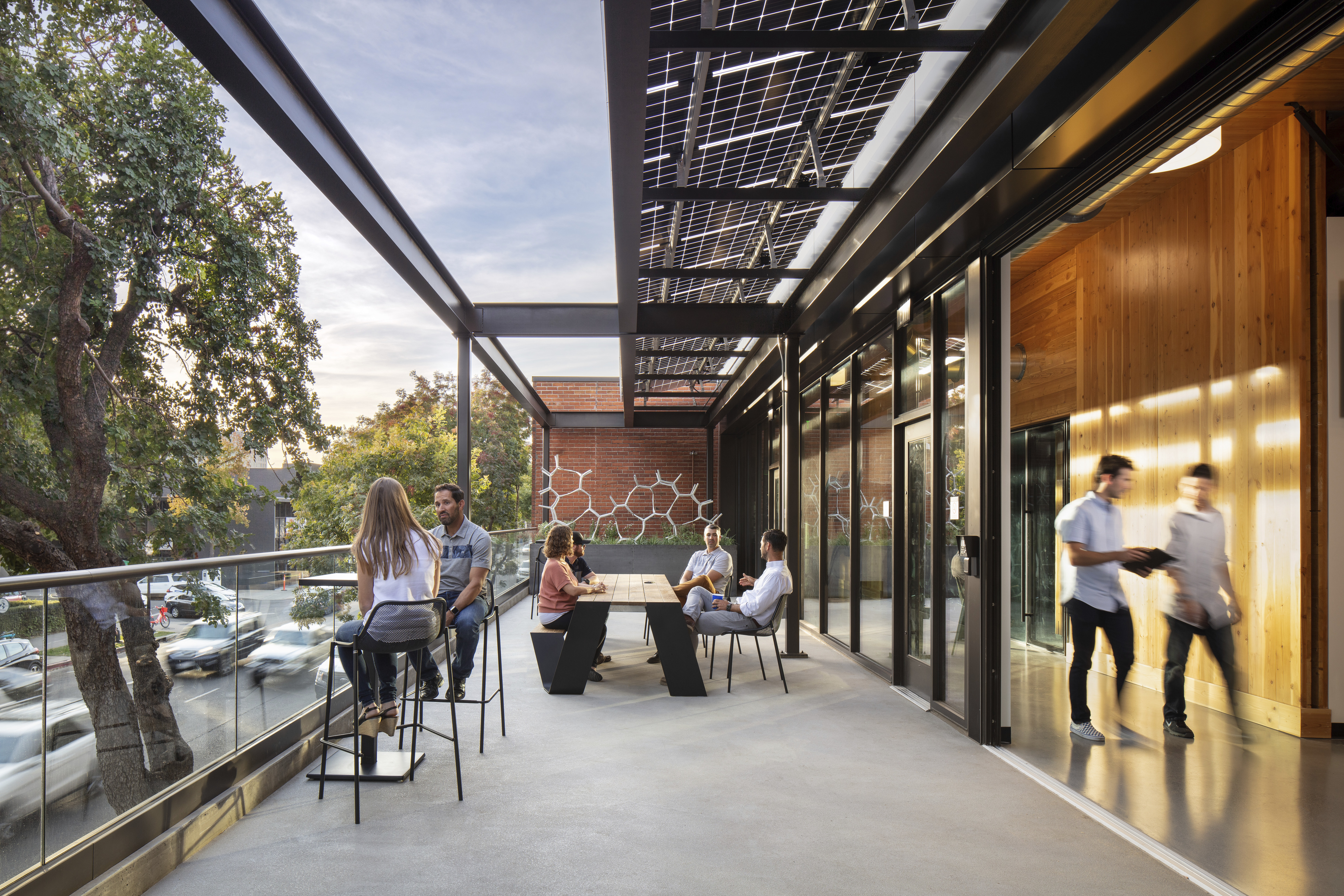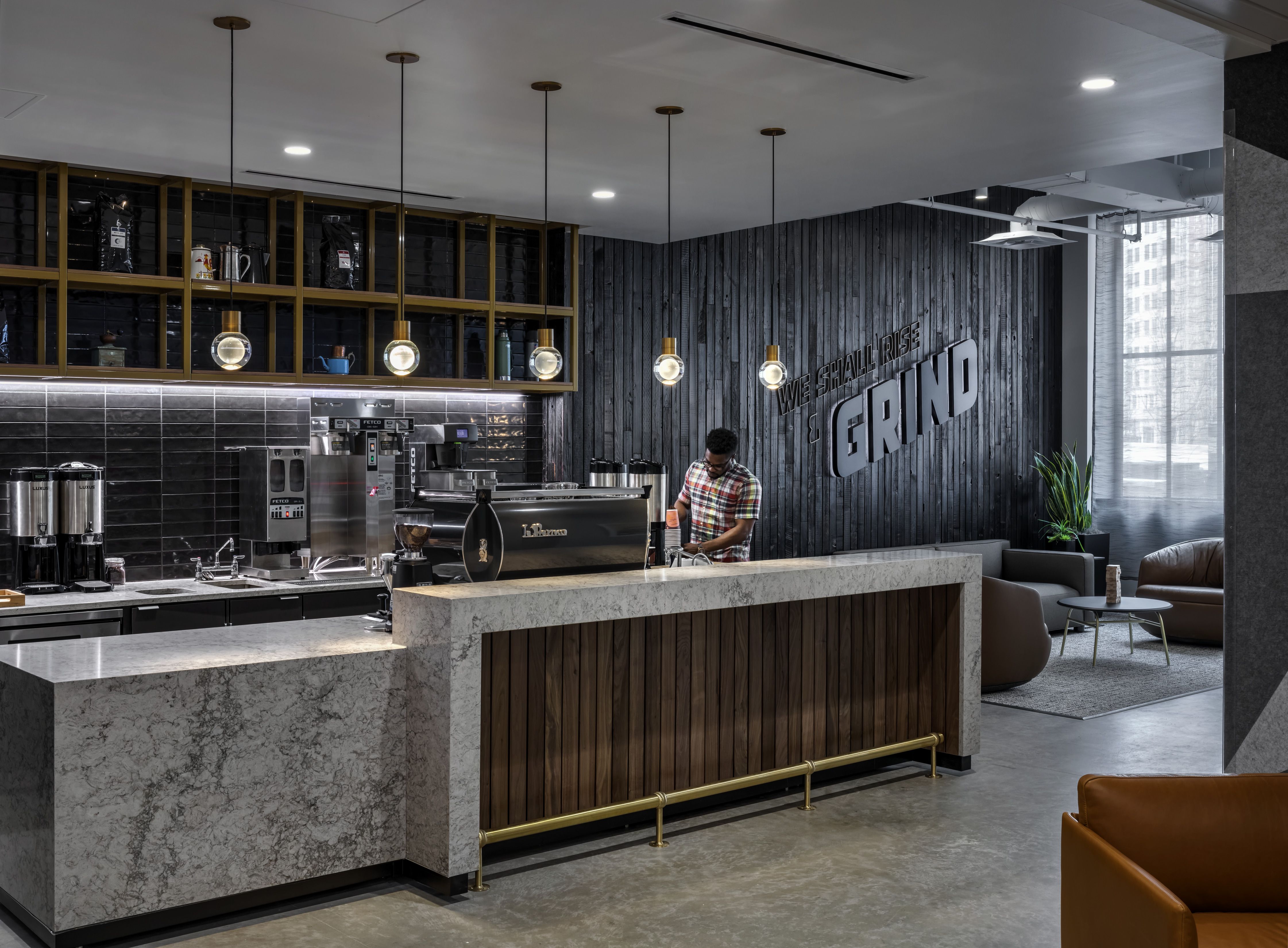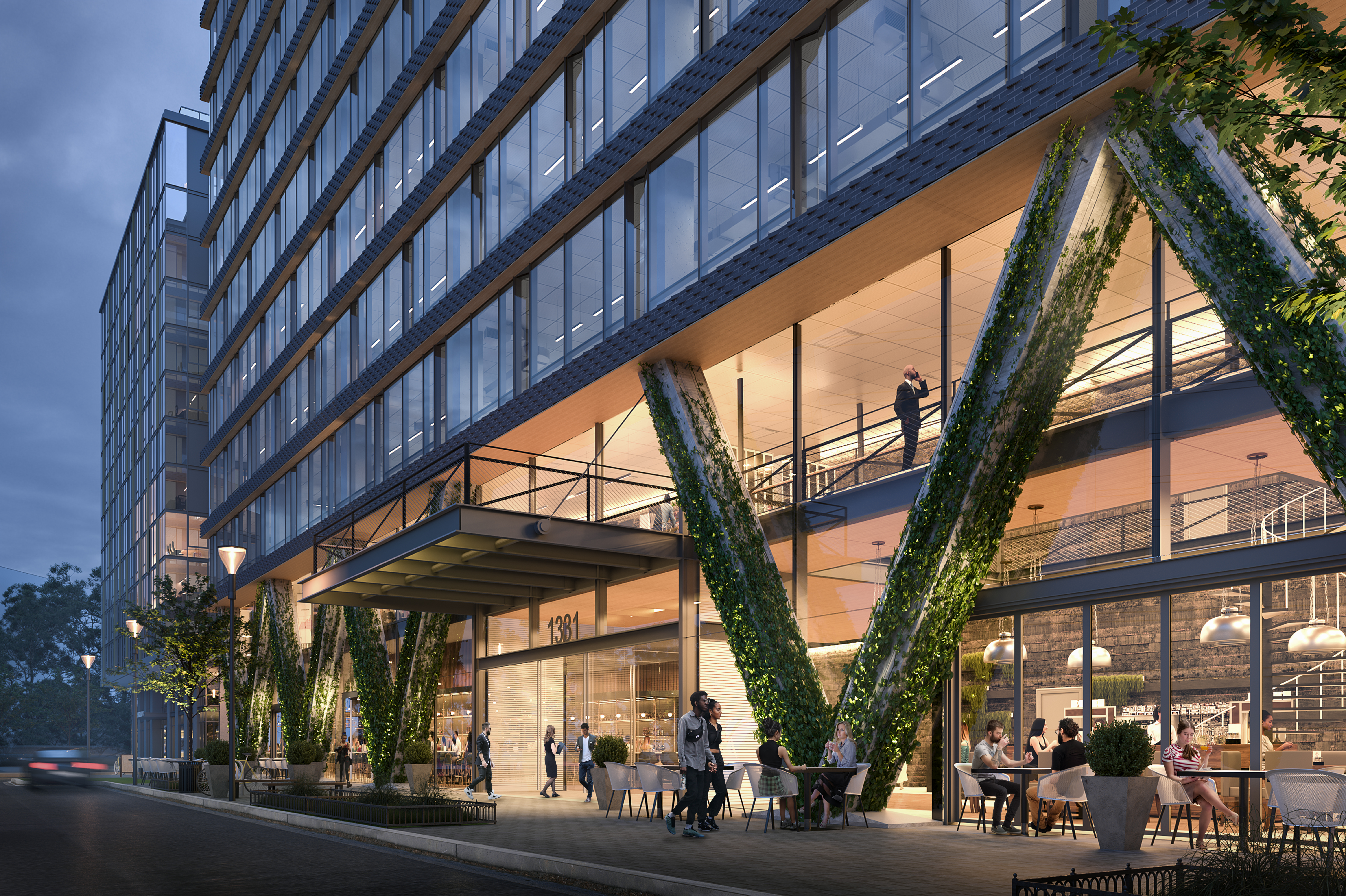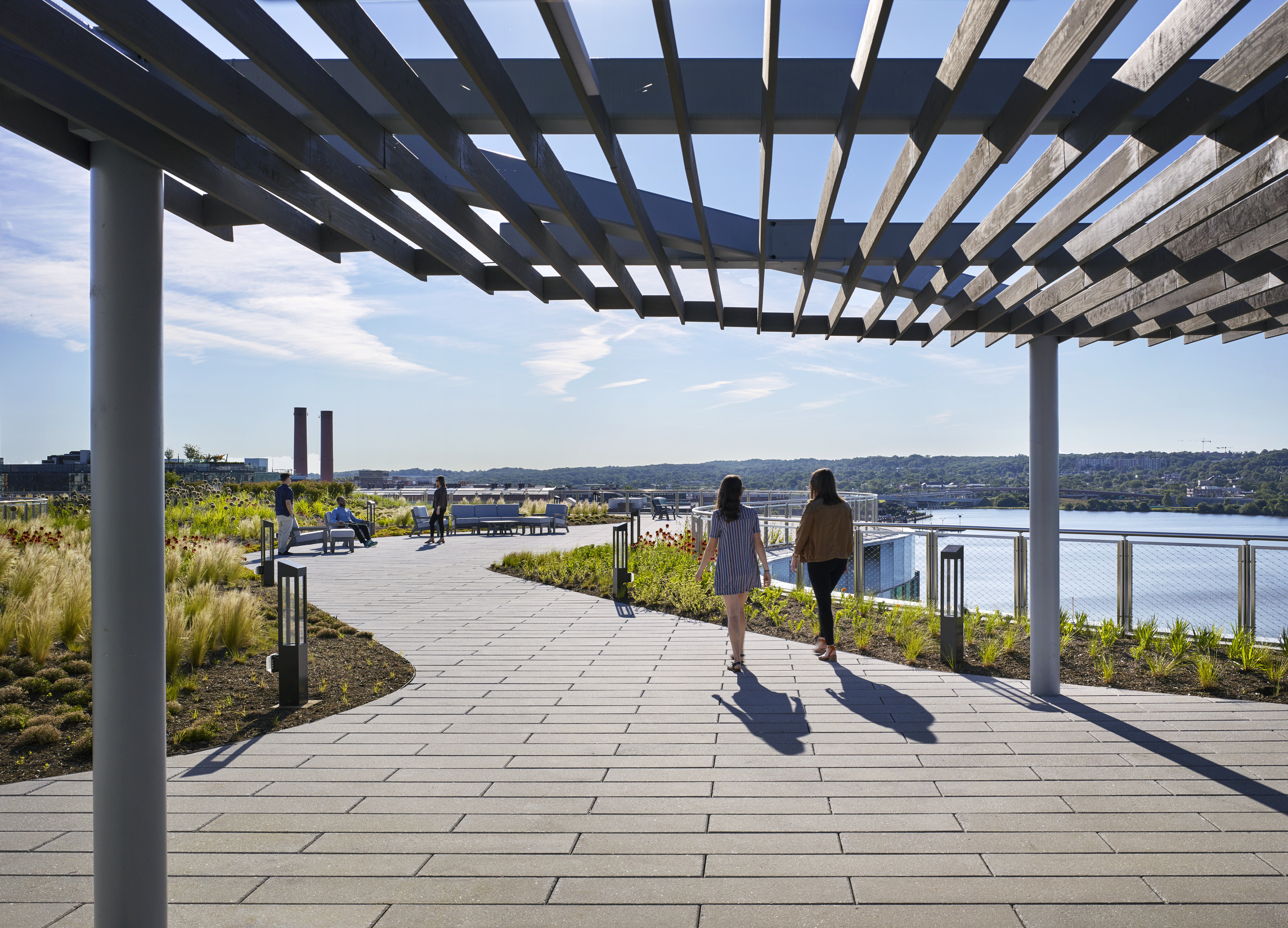Evolution of the Workplace Amenities Strategy
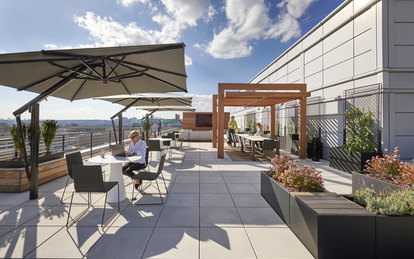
In an article originally published in Work Design Magazine, John Crump discusses how office amenities have matured from the dot.com era playgrounds to sophisticated, curated building experiences.
We find ourselves during an extraordinary moment in history, the global COVID-19 pandemic. A time where seemingly overnight, the way we live, work, play, and fundamentally communicate—both personally and professionally—has forever changed and left an indelible mark on each of us at a global scale. Supported by a multitude of tools and technologies, many people were able to quickly adapt their work styles and continue forward within their diverse new “work” environments. Personally, this extreme convergence of live/work/play is not even remotely what I imagined it would be like when co-authoring an article on “Worlds Colliding: Bringing Your Whole Self to Work.” Maybe George was at least partially right.
The latest mobile conferencing app and the endless number of virtual meetings that follow, can never truly replicate the value and productivity of working in person. As amazing as these advances in technology are, the fundamental elements of human interaction are essential to personal health and well-being at home and in the workplace. In the matter of a few short weeks, many people are feeling a bit disconnected from their co-workers and deprived of those casual conversations, focused discussions, and team collaborations that can only happen in person. To that end, modern office buildings and amenities spaces within are intentionally designed to promote human interaction and culture, while reinforcing identity, collaboration, teambuilding, and personal well-being. How will these design intentions evolve in reaction to the world as we know it today?
The amenity-driven office has grown up dramatically in recent years. What began as a means of creating enticing novelty features associated with the “dot-com”-era workplace, the anti-office if you will, has since matured into a sophisticated set of services and branding measures that allows buildings, property managers, and tenants to distinguish themselves from one another. In the process, today’s workplace blends the best of residential, hospitality, and traditional commercial office features into a desirable contemporary work and lifestyle setting.
In cooking, sautéed carrots, celery, and onions form the triad of what is referred to as a mirepoix—a flavor base used for stocks, soups, stews, and sauces. If office design were to have its architectural equivalent of a “mirepoix” it would include location, access to natural light and air, and a direct connection to an indoor/outdoor space. Not only have these three elements long provided the foundation to any workplace amenity strategy, they have long been a central ingredient of good office design and well-being. These components can be incorporated at varying scales to respond to individual project programs and budgets, as contemporary work environments have evolved, so to have the building blocks of office design.
As we have all learned by now, technology is as crucial to the design of the workplace as is the culture, identity, and resiliency of a business. From conference rooms and shared lounges to fitness centers and remote workspaces, the ability to incorporate technology is a priority. Employees want to be able to connect, anytime and anywhere, using flexible systems that allow them to maintain a high degree of mobility, while also offering extensive personalization. As a result, employees are driving the amenity discussion and want to know that their work commitments and passions align with their employer’s. Companies, therefore, view amenities as an essential business strategy to attract and maintain top talent.
In order to set themselves apart, a new generation of building owners is pushing this idea even further. Not content to limit amenities to a list of beneficial service add-ons, developers are looking across project typologies and exploring new types of partnerships to develop unique curated experiences that become the custom calling card of a property. Collaborations with restauranteurs, artists, musicians, and fitness experts, to name but a few, is leading to a new tier of amenities that result in a sophisticated set of experiences. In turn, the structure of the workday and the workplace complements an employee’s lifestyle, allowing them to be their most productive self.
How then to design such a modern workplace? Integration of elements. Amenities need to be incorporated into the overall programming and building branding strategy so that the look and feel of the space is more than a cosmetic response. Rather, spatial adjacencies need to recognize the myriad activities employees experience over the course of a day and provide opportunities for both individual focused work and collaborative communal gatherings. Offices are no longer bound by the traditional front-of-house and back-of-house spaces. Building elements, such as lobbies and stairs, can play multiple roles and provide new forms of physical and social connectivity.
One thing is for sure, to attract top brands and talent, the contemporary workplace must feature a holistic amenity strategy. To maintain a competitive stance in the real estate market, amenities become the X-factor that provide both building owners and tenants great variety, flexibility, and value as the nature of work continues to evolve. Moreover, amenities help drive economic growth and development and respond to the specific nuances of local markets and basic human needs. Amenities can foster urban revitalization; neighborhoods that have fallen out of favor can be reimagined as new destination points. In suburban settings, amenities can serve as the catalyst for new placemaking ventures. Our work environments are no longer solely the domain of work. Amenities act as the bridge to a new office typology—a hybrid of residential, hospitality, resilience, and work functions that create a new model of 21st century live, work, and play.
